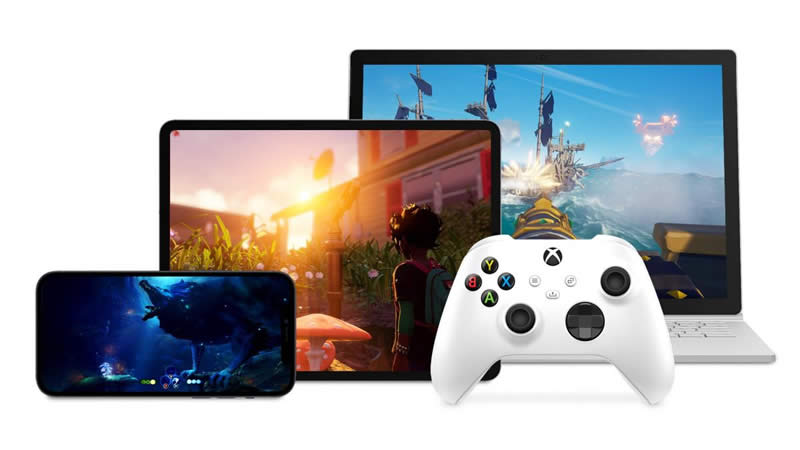Hello and welcome to Protocol Entertainment, your resource for gaming and media business. This Thursday, we’ll be looking at Microsoft’s Xbox Everywhere strategy as well as Netflix’s “Stranger Things.” Also, find out how to make Wi-Fi visible.
What Microsoft’s game streaming plans tell us about its media ambitions
Microsoft is said to be collaborating with Samsung to bring an Xbox game streaming app to Samsung smart TVs. The company has also been working on a dedicated streaming dongle, but it decided this week to “pivot away” from the current version of that device and “refocus… on a new approach,” according to Windows Central.
On the surface, neither the dongle nor the smart TV app is notable. Microsoft hinted at both when it laid out its vision for cloud gaming beyond the Xbox a year ago.
However, Microsoft’s decision to prioritize smart TV apps over dedicated streaming hardware is significant not only from a cloud gaming perspective, but also reveals a lot about Microsoft’s media ambitions beyond gaming.
Microsoft has reportedly been developing its own dongle for several years. The device, codenamed Keystone and compared to a Fire TV stick or Roku puck, would allow Microsoft to fasten control over the game streaming experience for its Xbox Game Pass platform without the pitfalls of third-party hardware.
A dedicated streaming dongle would also allow Microsoft to run non-gaming apps, including media apps from third-party providers.
The Xbox already runs apps for Netflix, Disney+, HBO Max, YouTube, Hulu, and others. It’s not too far of a stretch to assume many of the same apps would also find their way to a dedicated Xbox streaming dongle.
Running third-party media apps would allow Microsoft to create some incremental revenue by taking a cut from those publishers’ ad and subscription revenues.
The company could further tap into non-gaming revenue streams by embracing ad-supported video channels, much like Roku and Fire TV do.
There is clearly an allure to TV-based game streaming. At CES, Samsung announced game streaming on its TVs, and it already has partnerships with Google Stadia, Nvidia GeForce Now, and Utomik.
In a way, Microsoft can’t afford to be on these TVs, and it better act fast.
Launching a dedicated app on Samsung’s TVs, and potentially TV sets from other manufacturers as well, also means the company has to be a lot more tightly focused on gaming.
The app would come without access to third-party video services. After all, Samsung TVs already have all the apps people want.
Microsoft would also have to give Samsung a cut of any advertising or transactional video revenue it may be able to generate with its own services, making it a lot less likely that the company would venture into those areas.
In other words: Expect an Xbox app on Samsung TVs to carry Xbox games, and not much else.
Microsoft has been in this scenario before. When Microsoft first introduced the Xbox One in 2013, it positioned the device as a media center for your living room, capable of combining TV, streaming, and gaming in a single box.
This push into non-gaming media also included massive investments in Hollywood. The company launched its own studio, only to shutter it soon after.
The device’s content tie-ins didn’t fare much better. The Xbox One had an HDMI pass-through, which was supposed to allow people to combine cable TV with app overlays.
That approach was error-prone, and the core Xbox audience was much more interested in streaming than cable.
Ultimately, Microsoft decided to focus on gaming, de-emphasizing media collaborations and even shutting down its own music subscription service.
Microsoft may need to prioritize smart TV apps over a dedicated dongle if it wants to bring Xbox everywhere. However, the movie shifts the company’s focus to gaming and away from everything else on t.v.

